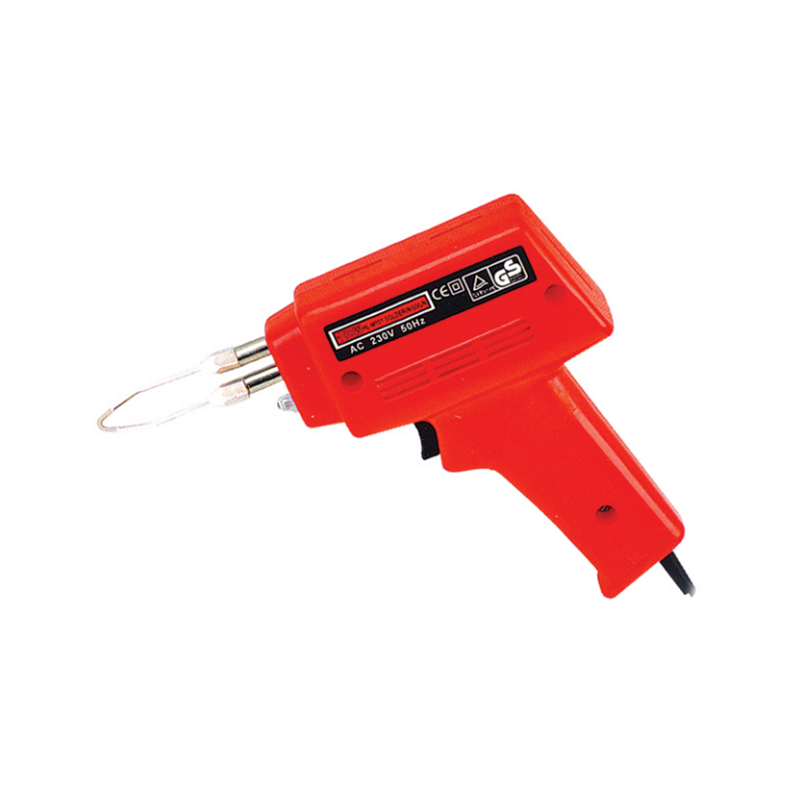What would happen if you tried to solder without using flux
If you attempt to solder without using flux, several issues can arise that negatively impact the joint quality:
Oxidation Layer Interference: Metal surfaces naturally form an oxide layer when exposed to air. Without flux to remove this oxide, the solder cannot bond properly to the metals. As a result, the solder may not adhere well, leading to weak or incomplete joints.
Poor Solder Flow: Flux helps improve the wetting of the solder by reducing surface tension, allowing it to spread evenly across the metal surfaces. Without flux, the solder may bead up or stay in one spot instead of flowing smoothly over the surfaces, making it difficult to form a consistent connection.
Cold Solder Joints: Cold solder joints, which are weak and unreliable connections, are more likely to occur without flux. The oxide layer and lack of smooth solder flow can prevent proper bonding, resulting in a joint that looks dull or cracked and may fail under stress or vibration.

Electrical Resistance: Poorly soldered joints without flux can have higher electrical resistance, especially in electronic components. This can lead to unreliable electrical connections, causing devices or circuits to malfunction or fail altogether.
Potential for Reoxidation: Without flux, the metals may reoxidize during the soldering process, especially if the soldering gun is used for prolonged periods. This reoxidation further degrades the joint quality and makes it even harder for the solder to bond effectively.
Overall, skipping flux during soldering results in weak, unreliable joints that are prone to failure, especially in applications requiring strong electrical or mechanical connections. Flux plays a critical role in ensuring the solder adheres well, flows evenly, and forms a robust bond.

 English
English 中文简体
中文简体












